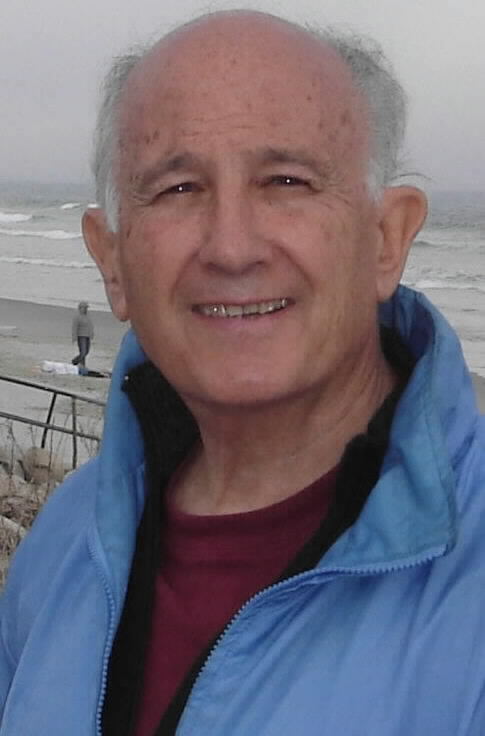By being awarded autonomy, Northern Ireland received special consideration in the 1921 partition plan. Almost immediately, the Northern Ireland Parliament voted to leave the Irish free State and remain as a part of the United Kingdom, but with its own parliament. A boundary commission failed in its duty and a large minority of Catholics found inclusion in a Protestant directed Northern Ireland. The Protestants dominated the political and economic life and reduced the Catholics to a struggling minority. Discrimination and the desire to unite Northern Ireland with Ireland guided the Catholic Nationalists to an armed contest against the Protestant Unionists.
Paramilitary groups fought in the streets of Belfast until 1994, when the IRA and the Unionist paramilitary groups agreed to a truce. According to Cain Web Service, between the years 1969 and 2001, 3,526 people were killed in the conflict. Approximately 60% of the dead were killed by IRA supporters, 30% by Unionists and 10% by security forces.
A 1997 peace agreement between the antagonists approved the formation of an Assembly elected by proportional representation. Considering the violence preceding the Good Friday power sharing arrangement, Northern Ireland has had relative calm. The Assembly has been suspended on several occasions, at one time for four and one-half years. Some violence has occurred. At the July 2009 Protestant Orange parade, "approximately 23 police officers were injured, numerous vehicles were hijacked, burned and pushed towards officers, and shots were fired at police. Rioters, approximately 200 of them youths, threw gas bombs, bricks, bottles and other missiles at the police. In turn, the police fired plastic bullets and used water cannon to disperse the crowd."
"Peace walls," which are kilometers of concrete and wire barricades that began to be erected during the 1970's in the city of Belfast, still separate Catholic and Protestant neighborhoods. Sound familiar?
The Northern Ireland experience has key words that relate to the Middle East conflict -- partition, militias, immigrant pioneers, separation wall, violence, terrorism, religious strife, nationalism, and two cultures finding themselves together and wanting to separate. An end to the strife resulted in two viable and adjacent states at peace with one another. Ireland is composed of one ethnicity. Northern Ireland combines two ethnicities which have tacitly resolved their differences and are willing to share power, an arrangement that parallels not what is, but what could be in the Middle East. Many perceive the path of the Irish conflict as the route to resolving the Middle East conflict. However, characteristics of this route weren't formed and didn't combine in the same manner as in the Middle East.
The Irish conflict proceeded from a colonial adventure that happened 400 years ago. The principal conflict was between the Irish and the English government.
-The United Kingdom guided the resolution of the conflict.
-Refugees and land seizures were not principal factors in the conflict.
-Economic injustice mostly characterized the conflict.
-Partition didn't create two new nations. It created an Irish Free State as a self-governing dominion of the -United Kingdom and allowed Northern Ireland to separate and join the United Kingdom.
-Rather than refugees being created by exclusion, Catholic refugees were created by inclusion in Northern Ireland.
-Northern Ireland has its own Assembly but is an integral part of another nation, the United Kingdom.
The Northern Ireland legacy: Disparate cultures and religions can compromise their differences and function as one nation. Next Page 1 | 2 | 3 | 4 | 5 | 6 | 7 (Note: You can view every article as one long page if you sign up as an Advocate Member, or higher).





